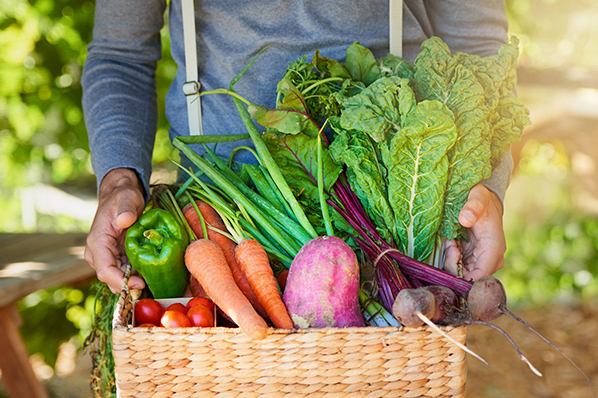 What’s for dinner? For that matter, what’s for breakfast or lunch? Those are the kinds of questions we all ask ourselves literally every day. If you’re living on your own, then planning out meals might come down to what you have in the freezer or what canned good is left in the cupboard. As part of a family, you have to not only coordinate meal times but also various tastes. A groundswell of better eating choices is growing across the country. This would be the sustainable food movement. Now the question becomes, “How sustainable is the food you eat?”
What’s for dinner? For that matter, what’s for breakfast or lunch? Those are the kinds of questions we all ask ourselves literally every day. If you’re living on your own, then planning out meals might come down to what you have in the freezer or what canned good is left in the cupboard. As part of a family, you have to not only coordinate meal times but also various tastes. A groundswell of better eating choices is growing across the country. This would be the sustainable food movement. Now the question becomes, “How sustainable is the food you eat?”
Farm To Table
For all practical purposes, sustainable food has been a part of our heritage since humankind first took up eating. In other words, it’s not a new concept. To understand what this concept means, you can go back to the 1990 U.S. Farm Bill. Take it away congress:
“The term sustainable agriculture means an integrated system of plant and animal production practices having a site-specific application that will, over the long term:
- Satisfy human food and fiber needs.
- Enhance environmental quality and the natural resource base upon which the agricultural economy depends.
- Make the most efficient use of nonrenewable resources and on-farm resources and integrate, where appropriate, natural biological cycles and controls.
- Sustain the economic viability of farm operations.
- Enhance the quality of life for farmers and society as a whole.”
Translation: old school farming that treats our natural resources with respect. It also allows for consumers (eaters) to trace back the origins of their food. The more direct you can connect your food from the farm to your table, the more sustainable is has become.
Think of it like the Six Degrees of Kevin Bacon game. How many hands does your food pass through before it gets to you? The ultimate sustainable food would be anything you grow in your back yard. Beyond that, you need to consider the added layers if you want to embrace the sustainable food philosophy.
Sustainable Fishing
Sustainable food practices aren’t limited to those items we pluck from the ground or milk at the diary. You can also have sustainable fish. See how many degrees of separation you are from your food. Here’s a hint: The closer you are to where the food is produced, the more sustainable it is. Good luck and good eating!

